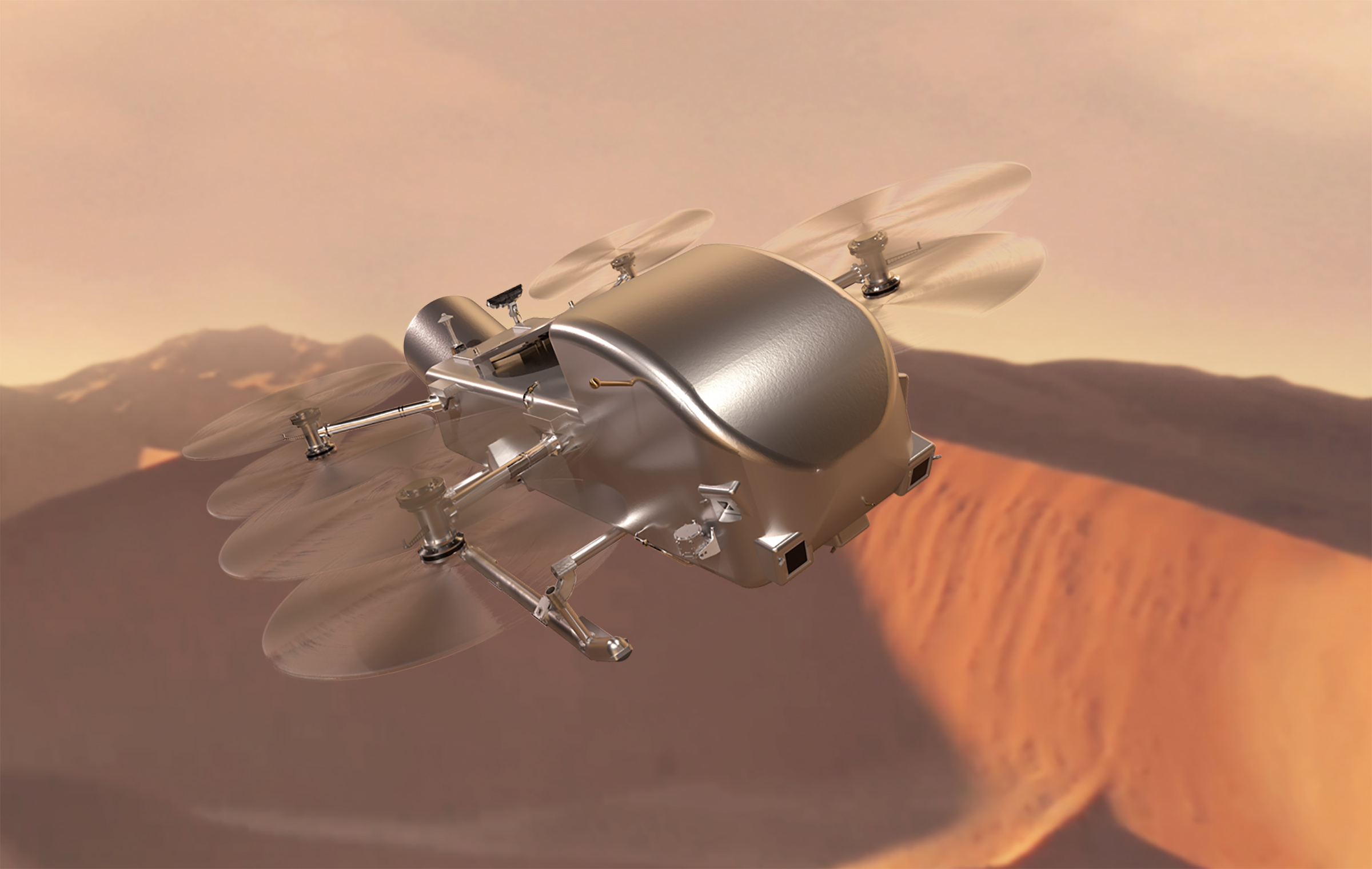Saturn’s moon Titan has many of the ingredients we think are necessary for life. However, a new study argues the separations between them present a drastic obstacle. The amount of life for the whole moon that could depend on the most plausible reaction would fit in the luggage allowance of a passenger flight.
Titan has the most Earth-like atmosphere in the Solar System, closer to ours than Venus’s acidic hell or the near non-existence of Mars’s. Despite the extreme cold, high hopes were held for life there before the Voyager probes went past. Although those missions revealed the only world besides Earth with liquids at the surface (if you don’t count Io’s lava) and lakes and rain, those are made of hydrocarbons and lack essential features that allow water to support life.
Not everyone gave up on Titan, however, particularly after evidence emerged of an internal ocean, probably made up of water, not hydrocarbons. This would in some ways resemble those of Europa and Enceladus, but some astrobiologists have proposed it would be an even better prospect for biology. That’s because some of the organic material at the surface might reach the ocean.
However, a team led by University of Arizona PhD student Antonin Affholder have published what they consider a reality check for the optimists. “In our study, we focus on what makes Titan unique when compared to other icy moon; its plentiful organic content,” said Affholder in a statement.
“There has been this sense that because Titan has such abundant organics, there is no shortage of food sources that could sustain life,” Affholder added. However, organic just means containing carbon, so many of those molecules would not be food for organisms on Earth, and quite likely on Titan either. Moreover, we don’t know how much exchange there is between the ocean and the surface; Affholder and co-authors think it may not be much.

Artist’s impression of the Dragonfly mission flying through Titan’s atmosphere. The mission, set to launch in 2028, could give us a more precise idea of how common glycine is there.
Image Credit: NASA/Johns Hopkins APL/Steve Gribben
Life is so complex that modeling all its processes would be an enormous task, so the team focused on fermentation, which gives us bread and beer. “Fermentation probably evolved early in the history of Earth’s life, and does not require us to open any door into unknown or speculative mechanisms that may or may not have happened on Titan,” Affholder said.
The team further narrowed their search to consider fermenters in Titan’s subsurface ocean feeding on glycine. Glycine was chosen because it is the simplest amino acid, and is thought to be made from common molecules in Titan’s atmosphere. Moreover, its fermentation does not rely on the presence of oxidants needed by some other reactions life forms depend on. That’s important, because these oxidants are likely to be rare in an ocean like Titan’s.
“We know that glycine was relatively abundant in any sort of primordial matter in the Solar System,” Affholder said. “When you look at asteroids, comets, the clouds of particles and gas from which stars and planets like our Solar System form, we find glycine or its precursors in pretty much all those places.” Organisms that live by fermenting glycine survive in places on Earth most other life forms can’t.
However, any organisms in Titan’s oceans dependent on glycine from above would be little Oliver Twist’s desperately asking for more. That’s because Titan’s icy shell is so thick – possibly 300 kilometers (180 miles). This isn’t like Enceladus with crevasses suspected of joining the ocean to the surface.
The same team showed in a previous paper that temporary connections between surface and ocean probably exist, because when asteroids strike Titan they will locally melt the ice, creating a pool of liquid water that will sink. If the pool is large enough, the water can reach the ocean before it freezes, carrying organic material with it.
However, Titan’s atmosphere means that, just as on Earth, most incoming objects burn up before they hit the surface and even those that don’t lose enough speed to make smaller pools. Consequently, pools big enough to carry all the way to the ocean are probably very rare.
“Our new study shows that this supply may only be sufficient to sustain a very small population of microbes weighing a total of only a few kilograms at most – equivalent to the mass of a small dog,” Affholder said. “Such a tiny biosphere would average less than one cell per liter of water over Titan’s entire vast ocean.”
For biology to persist under such conditions would probably require the limited glycine supply to be very concentrated. Quite how life could start is a topic the team don’t tackle.
This work doesn’t rule out the possibility of life on Titan feeding on nutrients from a different source, but in that case, the giant moon loses its advantage over counterparts with their own internal oceans. Since these are usually much closer to the surface, and therefore easier to reach, they look like better prospects to hunt for life.
The study is open access in The Planetary Science Journal.
Source Link: There Could Be Life On Titan, But Probably Not Much